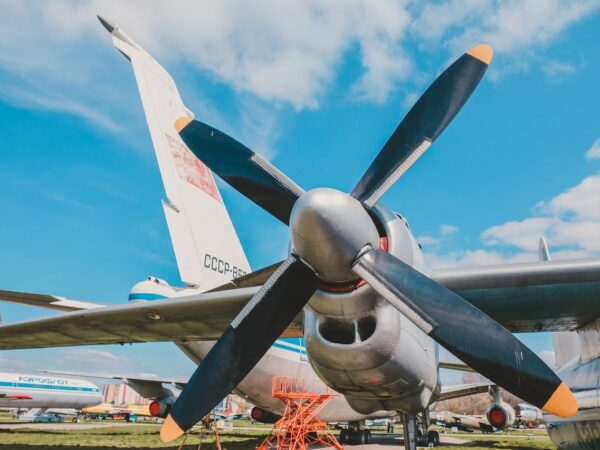Some people think of commercial aviation as operations for hire and general aviation as everything else, but this isn’t entirely true. Many businesses are operating in general aviation, and many commercial operations are performed. The difference is in the definition of the word “commercial.”
Most people define commercial to mean something that has to do with business—the transaction of money for a service or product. In aviation, though, commercial is a word used to reference the airlines. Commercial airlines are those that offer their product to the general public by selling tickets on their planes. Commercial airlines are technically called scheduled air carriers.
The word commercial appears in other places in aviation too. Pilots who are paid for their work, like crop dusters or flight instructors, need to have their commercial pilot licenses. They are technically flying a commercial operation when they go flying. But the public isn’t involved in this. That difference, of whether the public can fly on the flight, makes a flight a commercial operation.
Is General Aviation Safe?
Like all aspects of aviation, general aviation has an outstanding safety record. There are risks involved in any sort of flying, and general aviation is no different. Given the sheer number of flight operations that occur every day, the tiny fraction of accidents is very impressive.
But, flying is inherently dangerous. Flying is statistically more dangerous than driving. In an aircraft, most accidents can be headed off by sound judgment and good decision-making skills.
In 2018, 97 percent of all aviation fatalities occurred in the general aviation sectors. Since GA encompasses so many different operations and the airlines have such an excellent safety record, that is not surprising.
Why is General Aviation Important?
General aviation is something that few people have contact with. As such, many people fail to see its value to their communities. General aviation airports are economic engines for the areas they serve. The FBOs and other businesses employ many local workers, as do the airport authorities or government entities that oversee field operations.
Many communities are only served by GA airports. These fields provide medical evacuation and emergency relief flights. They also allow locals to travel via air, using charter companies or private flights, even if there is no commercial service to their airport. An airport is vital for business, and having a nearby GA airport can lure new businesses to set up shop in town.
Additionally, planes are always flying in and out. Visiting pilots and passengers rent cars, stay in hotels, and dine out. Most airports receive mail or cargo flights.
According to the NBAA, there are more than 5,000 public-use airports in the US, but fewer than 500 see airline service. They estimate that all the goods and services that make up GA, when combines, add more than $150 billion and 7.6 million jobs to the US economy.
